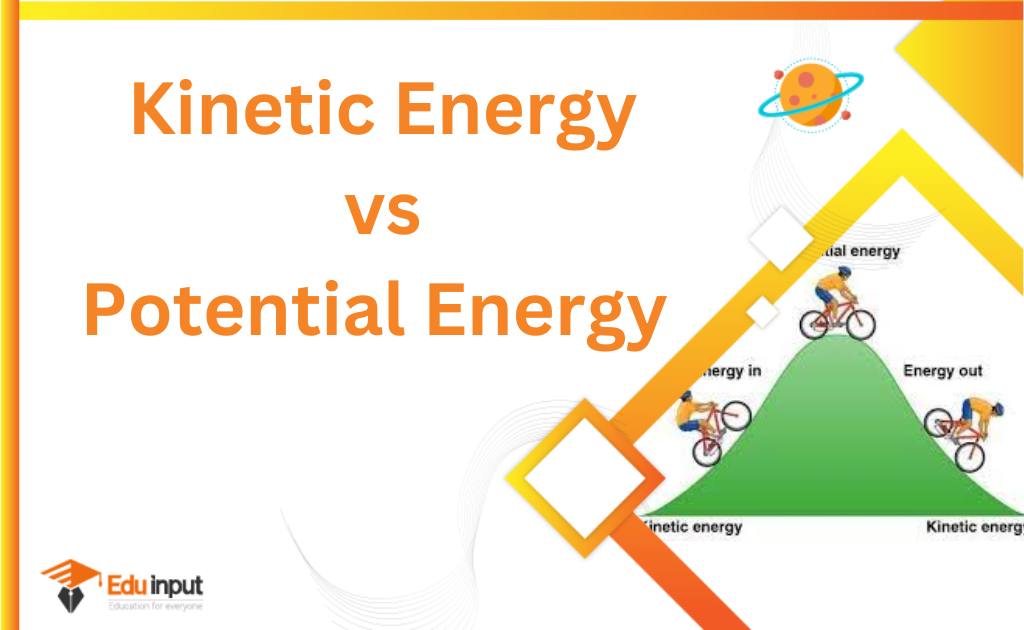Difference Between Kinetic Friction and Static Friction
Friction is a force that stops motion; it’s what keeps us safe on the road and keeps our cars running. We experience kinetic friction in our daily commute and in our interaction with other objects. However, there is also an opposite type of friction that occurs when two surfaces come together; this is called adhesion. Kinetic friction is the kind we experience while driving usually in a car or on a bike. It only occurs when two objects are in motion- otherwise, we’d only feel static adhesion.
Whether you’re driving a car or riding a bike, there are several factors that affect how much your tires experience kinetic friction. For example, driving on a dry road with no obstructions will result in more kinetic friction than driving on a wet road with puddles.
Additionally, driving at lower speeds results in less kinetic friction compared to driving at higher speeds. Rolling forward or backward while driving also reduces the amount of kinetic friction. Other factors that affect overall tire frictional properties include the weight of the vehicle and the condition of the tires. When your tires are worn down, they may not provide as much support for your vehicle, which increases the amount of kinetic friction for that particular vehicle.
We usually think of adhesion as the opposite of frictional properties. However, static adhesion is usually experienced when two objects come into contact with each other- that’s the kind of adhesion we usually experience when we touch things. The amount of static adhesion we feel is usually proportional to how hard we push against an object with our hands.
We also feel static adhesion when an object comes into contact with us; it’s what stops us from being injured by contact with stationary objects. In contrast, kinetic adhesion is usually felt when a vehicle is moving- that’s what stops us from being thrown off the vehicle when it’s in motion.
Although there are many factors that affect the amount of kinetic friction we feel, it only occurs when a vehicle is moving. In addition, certain conditions can change the amount of kinetic friction based on how well tires are maintained. Therefore, we need to understand how kinetic friction works so we can improve our driving experiences and safety measures based on how well our cars perform in this aspect.
Difference Between Kinetic Friction and Static Friction
There is some difference between kinetic friction and static friction.
| Kinetic Friction | Static Friction |
|---|---|
| The retarding force between two objects that are moving against each other is referred to as kinetic friction. | In order to get something to move, the force that has to be overcome is called static friction. |
| The coefficient of kinetic friction is smaller than static friction. | The coefficient of static friction is bigger than kinetic friction. |
| The kinetic friction (fk) equals to fk = μkn. | The maximum static friction (fs max) equals to fsmax = μsn. |
| A ball rolling on a table is a good example of kinetic friction. | A man pushing a heavy block that does not move is an example of static friction. |
| There is a constant force with a smaller magnitude than the limiting force. Its magnitude could not be zero. | A variable force with a magnitude ranging from zero to its maximum value is known as static friction. |
Frequently Asked Questions-FAQs
Is kinetic friction always less than static?
Static friction is always greater than the kinetic friction
Why is static friction stronger than kinetic friction?
Static friction is greater than kinetic friction because there are more forces at work keeping an object stationary than there are forces working to resist an object once it is in motion.
Does kinetic friction depend on speed?
At the simple level of approximation where you talk about kinetic friction, it doesn’t depend on the speed.
Can static and kinetic friction exist at the same time?
Yes, you can have both static and kinetic friction between two objects at the same time.







Leave a Reply